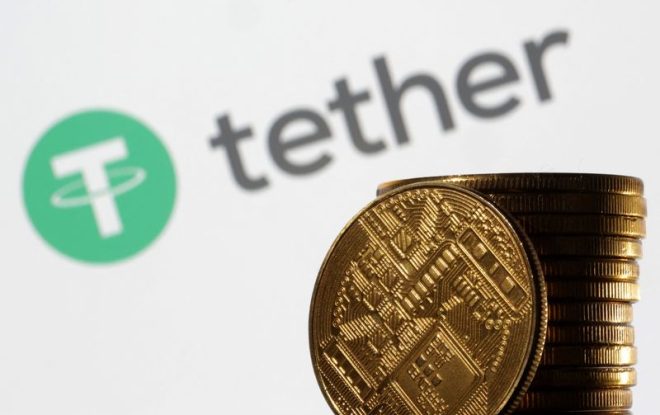A Tax-Saving Strategy for Your RMDs You Might Not Have Heard About
Everybody hates being told what to do, and retirement investors hate it even more when being told what to do comes with a hefty tax bill – which brings us to the IRS rule known as required minimum withdrawals, or RMDs.
RMDs are the tax agency’s way of getting its hands on the money that’s been quietly growing tax-deferred in your Individual Retirement Account, as well as a number of workplace retirement accounts where your contributions are tax-free until you start taking money out. After you get to age 72 ( 70.5 if you were born before July 1, 1949), the tax man runs out of patience and demands that retirement savers start cashing in a certain percentage of their nest eggs to be taxed.
But wait, it gets worse: Besides the normally expected tax hit, an RMD can push you into a higher tax bracket, meaning you give up even more of what you withdraw. An RMD also can raise your taxable income to the point where your Social Security benefits become subject to tax, and can raise your Medicare premiums, as well.
RMDs were waived by the IRS for the 2020 tax year as part of pandemic relief, but they came back in 2021 and there’s no sign of them being put on hold for 2022.
If you’re feeling generous, however, there is one move you can make to keep your RMD from being taxed at all, as well as prevent the distribution from counting toward your total taxable income. A financial advisor can help you strategize to your tax liabilities on retirement income.
Using a QCD to Lower Your RMD Taxes
The one-word secret? Charity. By using a qualified charitable distribution, or QCD. you can contribute up to $100,000 to certain charities and pay 0% tax on your withdrawal. Besides avoiding income tax on your withdrawal, you also stretch your donations by giving pre-tax money to your charitable causes. Finally, a QCD can help lower your future RMDs, which are reduced every year based on your life expectancy.
The QCD also allows taxpayers using the increased standard deduction to receive a charitable deduction even though they aren’t itemizing. In fact, the QCD can be better than an itemized deduction because it can lower your adjusted gross income, which is a basis for other deductions and credits.
The QCD maneuver is only available through IRAs and IRA-based retirement plans, such as SEP accounts and Simple IRAs where the owner is no longer making contributions. You can’t make a contribution from a 401(k), 403(b) or other employer-sponsored retirement plans.
Because this is all handled by the IRS, there naturally are several limitations and requirements. Your QCD must come from taxable money in your IRA, which excludes any contributions from after-tax rollovers or nondeductible contributions. The contribution must be made directly to the charity from your account, and the money must go to an IRS-approved 501(c)(3) charity.



Leave a Reply